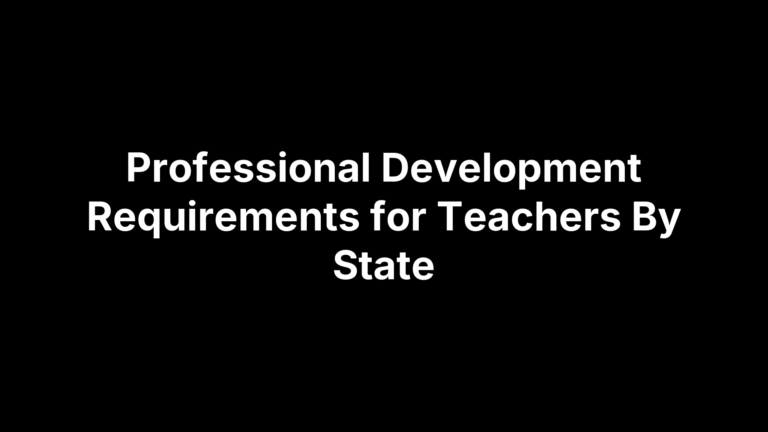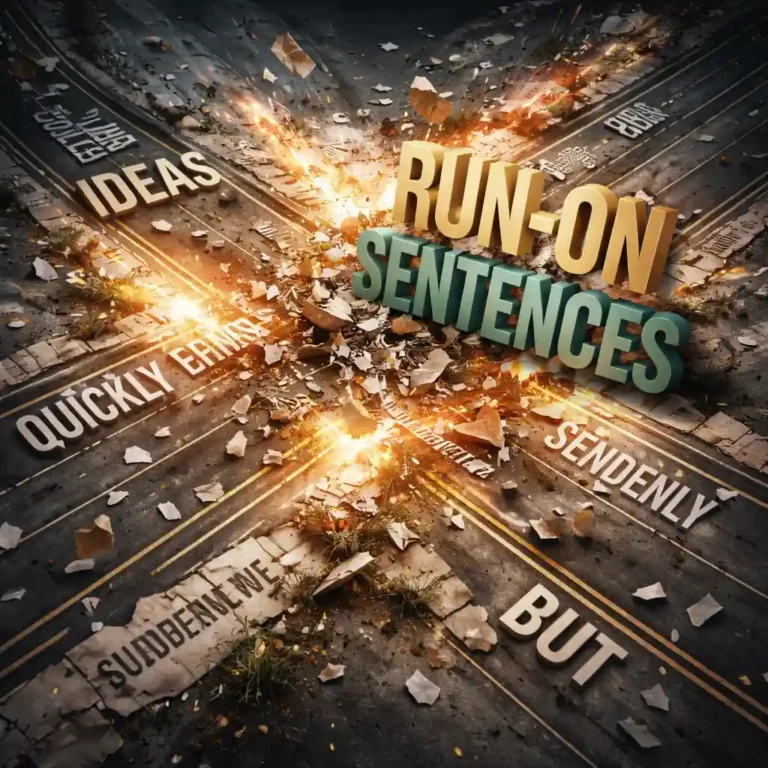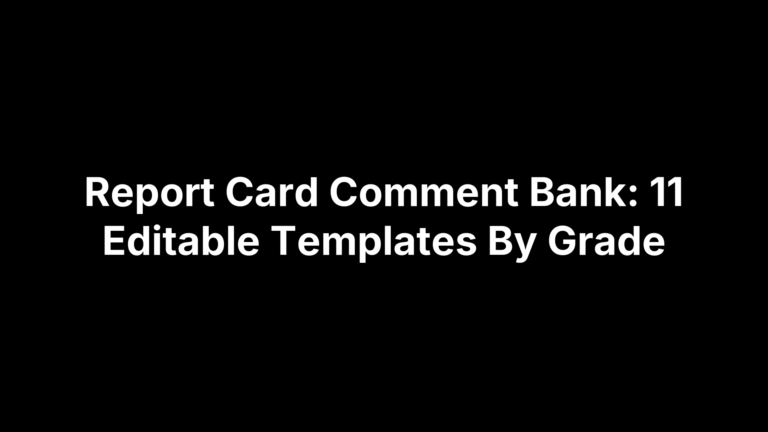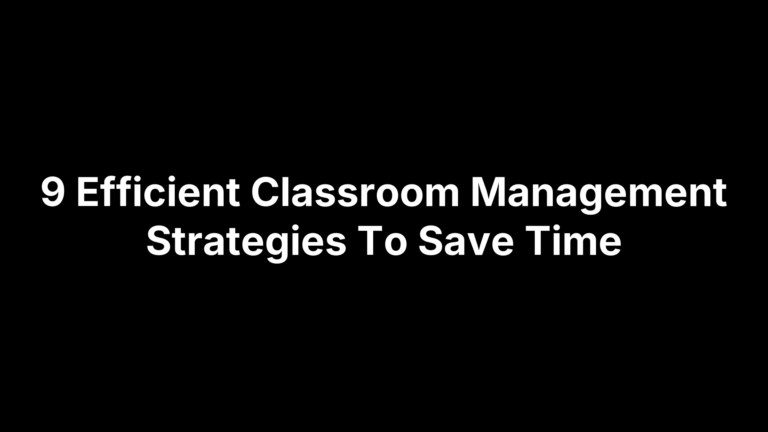Professional Development Requirements for Teachers By State
Professional development requirements for teachers are the specific number of hours or credits you must complete to renew your teaching license. Each state sets its own rules about how many hours you need, what activities count toward your total, and when you need to complete them. These requirements typically range from zero hours in some…









